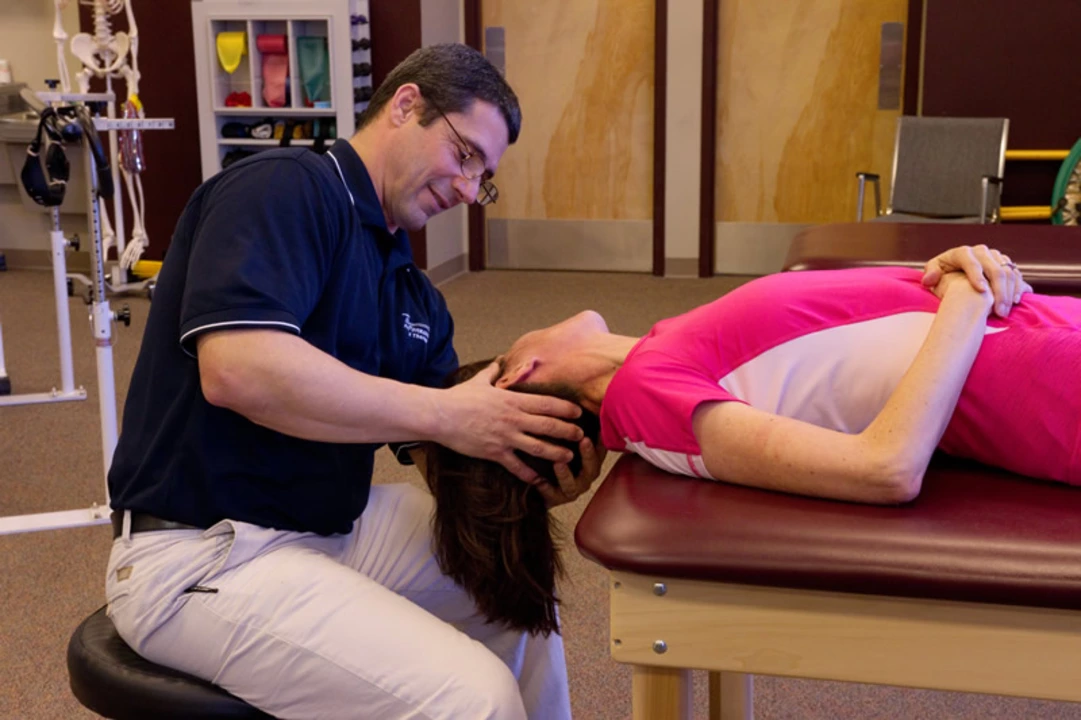Vestibular rehabilitation: simple steps to reduce dizziness and improve balance
Sudden spins, wobbliness when you walk, or feeling off after head turns — those are signs your inner ear and brain aren’t syncing right. Vestibular rehabilitation is a short-term exercise program that retrains your balance system so you feel steadier and less dizzy in daily life. You don’t need fancy gear to start, just safe space, a chair, and 5–15 minutes a few times a day.
Core exercises you can start today
Start slowly. If anything causes severe nausea or vomiting, stop and check with your clinician. Otherwise try these basic moves and do them twice daily, increasing reps as symptoms settle.
Gaze stabilization – VOR x1: Sit or stand. Fix your eyes on a small target (a dot on a wall). Turn your head side to side about 20 degrees while keeping the target clear. Start at 10–15 seconds and build to 1 minute. This trains the vestibulo-ocular reflex so your eyes stay steady when your head moves.
Gaze stabilization – VOR x2: Same setup, but move both your head and the target in opposite directions so the target moves across your visual field. Harder than x1; try once x1 is easier.
Habituation drills: Pick a movement that reliably causes mild dizziness (e.g., getting up from bed quickly, bending over). Repeat that movement slowly 5–10 times, rest, and repeat. Controlled exposure reduces oversensitivity.
Balance training: Practice standing with feet together, then narrow stance, then single-leg (hold for 10–30 seconds). Progress by closing eyes or standing on a pillow. Always have a chair or wall nearby for support.
Walking with head turns: Walk forward while turning your head left and right every few steps. Increase speed and duration as you improve. This helps when you need to move around while scanning your environment.
Progress, safety, and when to get help
Expect to work at this for 4–8 weeks. Most people notice steady improvement in days to weeks, but full recovery can take longer depending on the cause. Track progress with a simple diary: note which exercises you did, how long, and a dizziness score from 0–10. Small wins — fewer spins when you stand, longer walks without resting — show the program is working.
Be careful: sudden hearing loss, new double vision, severe weakness, confusion, or very loud headaches need urgent medical attention. If exercises make you much worse or you see no change after 6–8 weeks, see an ENT, neurologist, or a vestibular physiotherapist. They can tailor exercises, add manual techniques, or check for other causes.
To find help, search for "vestibular physiotherapy" or "balance clinic" with your city name. Many physios offer a first assessment to build a personalized plan. With consistent practice and a few safety rules, most people regain confidence walking, driving, and moving without constant dizziness.

